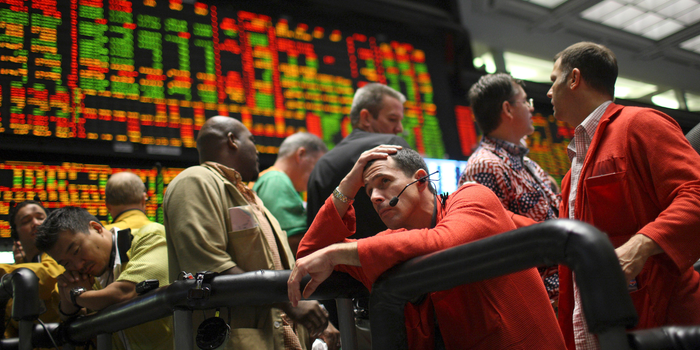During financial crises and stock market crash, some assets lose a large portion of their value, financial institutions like banks experience liquidity shortages and consumers and businesses alike are unable to pay their debts.
A financial crisis rarely has a single cause and is usually the culmination of several factors. Some factors that increase the chances of a financial crisis are the desire for easy money, poor regulation either by the government or financial institutions and a false belief that the value of one or several assets will continue to rise indefinitely. Some situations that can be labeled as financial crises and stock market crash, the bursting of a financial bubble, a currency crisis, a sovereign default or other instances covered in DailyFX’s timeline of financial crises.
The ramifications of a financial crisis can be small or global. They will affect the economy as well as the people, and the road to recovery may be short or long, depending on several factors. The consequences may be reduced if the relevant institutions take the right steps to enact policies that reform the market and make people gain confidence again.
One example of a devastating financial crises and stock market Crash of 1929, which plunged the United States into the Great Depression.
The Stock Market Crash of 1929
A market crash occurs when the value of a market significantly and suddenly decreases. Market crashes are typically associated with an inflated stock market, as was seen with the Stock Market Crash of 1929, a financial crisis remembered for the panic selling that occurred within the first week. Within two days, the Dow Jones had fallen by over 20%. It continued to drop over the next couple of years before bottoming out in 1932. By then, it had dropped by 89%, and America had fallen into the Great Depression.
There were several reasons for the crash. Firstly, it was preceded by a bull market that had caused the Dow to rise by 400% in just five years. One of the reasons for the steep rise was the existence of unregulated public utility holding companies that monopolised two-thirds of the American electric industry, which existed as highly leveraged pyramids.
Secondly, there was overproduction in the steel, iron and durable goods industries and a low demand for these products, leading the industries to dump their goods at a loss. This resulted in share prices falling.
Thirdly, there was an ongoing agricultural recession.
In October 1929, there was news that these public utility holding companies would be regulated. This led to individuals who had bought their stocks on margin being forced to sell – which resulted in Black Monday. Due to a lack of government support, banks began to fail and the financial system was paralysed. It wasn’t until 1954 that the Dow Jones was able to reach the peak it had reached in September of 1929.
The aftermath of one of the worst financial crises and stock market in American history, the Stock Market Crash of 1929, was the Great Depression, which spanned from 1929 until the late 1930s. However, it’s not always the case that the effects of a financial crisis last as long as that one did. The best thing people can do to avoid being negatively impacted by a financial crisis is to make wise investment decisions and look for warning signs of market crashes before they occur, so that they can protect themselves from any repercussions.

